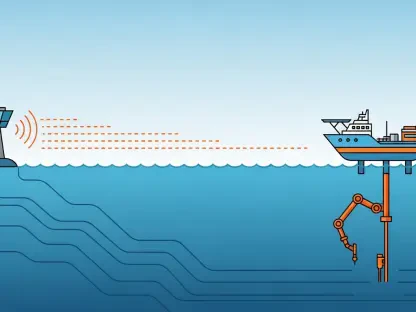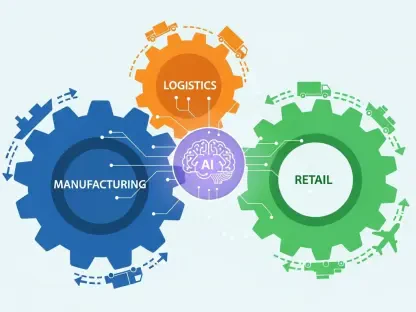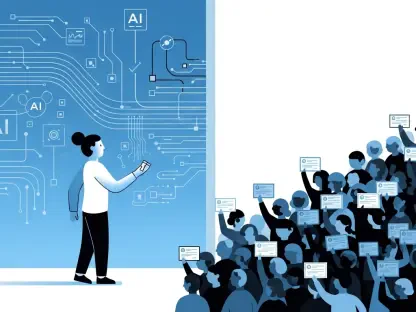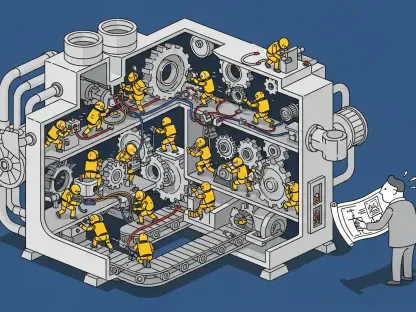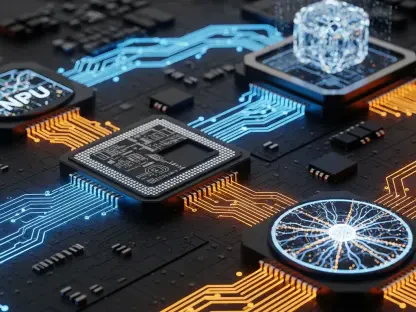I’m thrilled to sit down with Laurent Giraid, a renowned technologist whose expertise in Artificial Intelligence spans machine learning, natural language processing, and the critical field of AI ethics. With a deep commitment to ensuring technology serves humanity responsibly, Laurent has been at the forefront of discussions on how AI can be developed and governed to prioritize trust and fairness. In this interview, we dive into the urgent need for ethical frameworks in AI, the risks of unchecked deployment, the gap between principles and practice, and the importance of collaboration between government and industry to shape a value-driven future for technology.
How did your passion for AI ethics develop, and what motivates you to advocate for responsible technology development?
My passion for AI ethics grew out of witnessing firsthand how powerful these systems can be—and how easily they can go wrong if not handled with care. Early in my career, I worked on machine learning models that, while technically impressive, sometimes produced biased or unfair outcomes because of flawed data or unchecked assumptions. That was a wake-up call. I realized that AI isn’t just a technical challenge; it’s a societal one. What motivates me now is the belief that we have a narrow window to get this right. If we don’t build trust and responsibility into AI from the start, we risk creating tools that harm more than they help, and I want to be part of steering us toward a better path.
What do you see as the biggest ethical risks in the rapid rollout of AI across critical sectors like healthcare or criminal justice?
The biggest risk is that we’re deploying AI systems that make life-altering decisions without enough scrutiny. In healthcare, for instance, an algorithm might prioritize certain patients for treatment based on biased historical data, perpetuating inequality. In criminal justice, predictive policing tools can reinforce systemic biases if they’re trained on flawed arrest records. The core issue is that speed often trumps safety—there’s this rush to innovate without thorough testing for bias or long-term societal impact. When these systems fail, they don’t just glitch; they erode public trust in technology as a whole, and that’s a much harder thing to rebuild.
Why do you think there’s often a disconnect between having ethical AI guidelines and actually putting them into practice within organizations?
A lot of it comes down to competing priorities and a lack of practical know-how. Many organizations have beautiful ethical charters for AI, but when push comes to shove, deadlines and profits often take precedence. There’s also a skills gap—developers might not be trained to think about ethics, and ethicists might not understand the technical constraints. Without clear processes to bridge that divide, these guidelines just sit on a shelf. It’s not malice; it’s often just a failure to translate high-level ideals into actionable, day-to-day steps that fit within existing workflows.
Can you share some practical strategies or tools that you believe can help embed ethical considerations directly into AI development processes?
Absolutely. One approach I advocate for is using design checklists that force teams to ask critical questions at every stage—like, ‘What biases might be in this dataset?’ or ‘Who could be harmed by this output?’ Another is mandatory risk assessments before deployment, where you simulate worst-case scenarios and plan mitigations. I also think cross-functional review boards are invaluable. Bringing together technical, legal, and policy experts ensures you’re not just looking at code but at the broader impact. These aren’t flashy solutions, but they create accountability and make ethics a tangible part of the process rather than an afterthought.
You’ve spoken about the importance of clear ownership in AI projects. Can you explain why that matters so much and who you think should ultimately be responsible for outcomes?
Ownership is crucial because without it, accountability falls through the cracks. When something goes wrong with an AI system, you can’t just blame ‘the algorithm’—someone needs to answer for the decisions made along the way. I believe responsibility should sit with a designated leader, whether it’s a project manager or a C-level executive, who has the authority to make tough calls and the duty to ensure ethical standards are met. This person acts as the bridge between technical teams and broader organizational goals, ensuring that ethical lapses don’t get buried under layers of bureaucracy. Clear ownership creates a culture where people feel personally invested in doing the right thing.
How do you envision the ideal partnership between government and industry when it comes to governing AI responsibly?
It has to be a true collaboration, not a tug-of-war. Governments are essential for setting legal boundaries and minimum standards, especially to protect fundamental rights. They provide the baseline—think laws around data privacy or anti-discrimination. But industry has the agility and expertise to go beyond compliance, innovating with new safeguards or auditing tools. If you leave it all to regulators, you risk stifling progress with overly rigid rules. If you leave it to companies alone, you invite self-interest over public good. A partnership lets each play to their strengths—government ensures fairness, while industry drives creativity. The key is constant dialogue so neither side operates in a vacuum.
Looking ahead, what is your forecast for the future of AI ethics and governance over the next decade?
I’m cautiously optimistic. I think we’ll see a growing recognition that ethics isn’t optional—it’s a core part of building sustainable AI. Over the next decade, I expect more robust global frameworks to emerge, with regions like Europe potentially leading the way by embedding values like transparency and inclusion into policy and design. But there’s a flip side: if we don’t act fast, we could face a backlash as public trust erodes from high-profile failures or manipulative uses of AI. My hope is that we’ll see a shift toward value-driven technology, where systems are designed not just for efficiency or profit, but for justice and dignity. It’s not inevitable, though—we have to choose that future and work for it every day.


